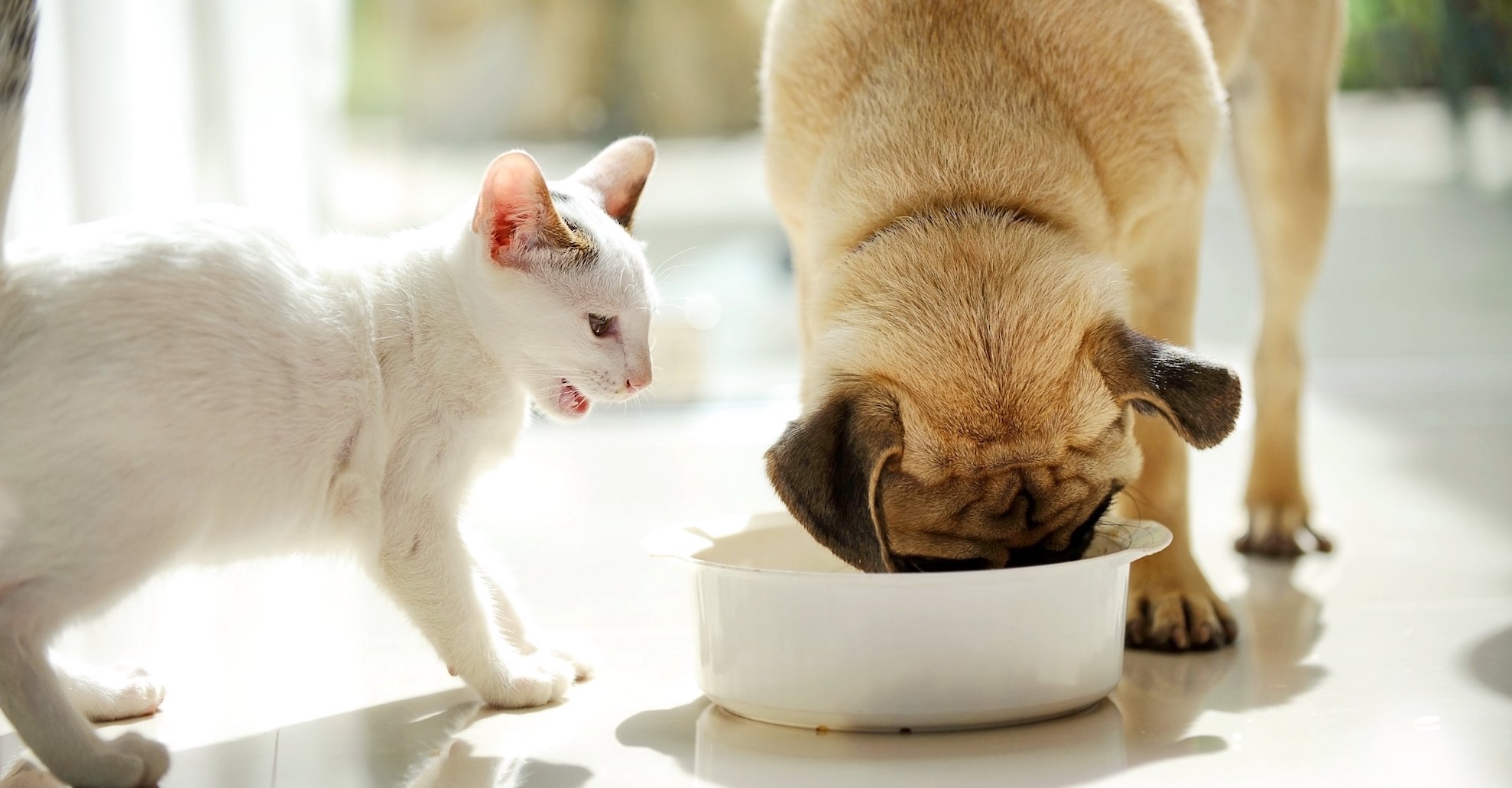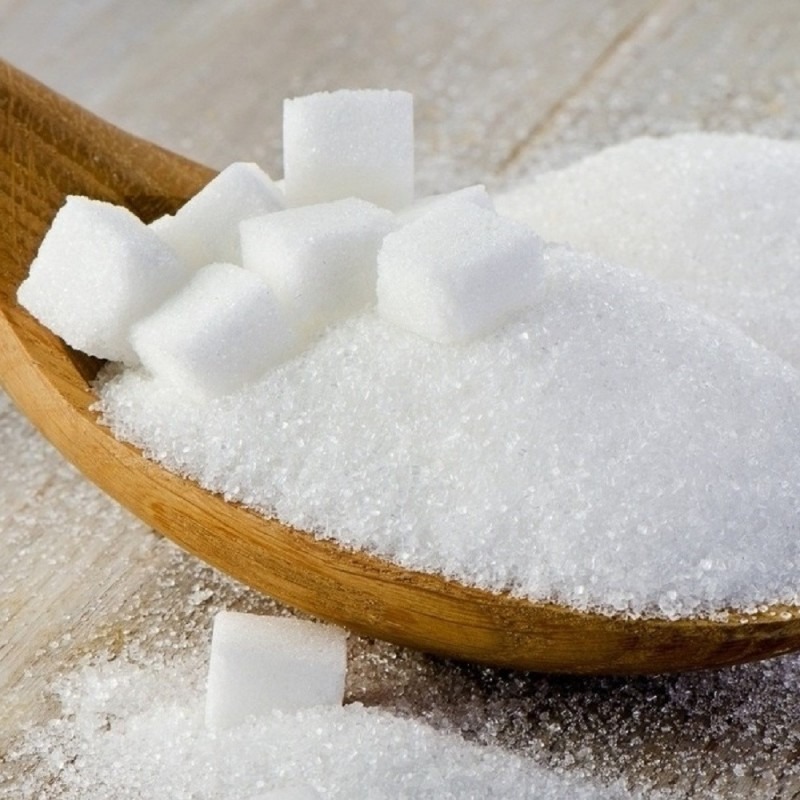In contemporary animal nutrition, energy is the foundation of health, productivity, and performance. Although fats and complex carbohydrates serve important functions in supplying energy, a single ingredient stands out for its quick, efficient, and consistent delivery of energy: pure glucose powder. Supplied throughout feeds for livestock, pet, and poultry, glucose powder provides instant fuel for growth, recovery, and metabolic function.
But what makes glucose powder so effective? And why should producers and pet owners consider incorporating it into feed?
In this article, we'll explore the benefits of pure glucose powder, how it supports health in various animal species, and how to safely integrate it into different feed systems.

What Is Pure Glucose Powder?
Glucose powder, commonly called dextrose monohydrate, is a white, crystalline, water-soluble starch-derived carbohydrate. It is a monosaccharide sugar, a single molecule of sugar that does not need to be digested-thus available for immediate use in absorption and energy production.
Glucose is commonly employed in animal feed as:
- An energy supplement
- As a carrier for medications or vitamins
- As a palatant to increase feed consumption
- A recovery tool for ill, weakened, or juvenile animals

Why Energy Is Important in Animal Nutrition
Energy powers all the critical process in the animal body-from movement and thermoregulation to reproduction and immune function. While complex carbohydrates or fats take time, glucose delivers quick energy via glycolysis, entering cells quickly to contribute to ATP production.
This makes glucose perfect for the following situations:
- Rapid recovery from illness or stress
- Accompanying growth spurts
- Increased energy during transport, lactation, or vaccination
- Improved appetite and performance

Livestock Benefits of Glucose Powder
Livestock animals like cattle, sheep, goats, and pigs need to have a reliable and consistent supply of energy to ensure growth, lactation, reproduction, and overall health.
1. Promotes Growth and Weight Gain
Young livestock typically experience energy-related challenges-particularly post-weaning. Glucose powder assists:
- Stimulating appetite
- Increasing feed efficiency
- Inducing weight gain
- Weaning stress reduction
In calves and weaner pigs, glucose supplementation maintains energy during transition to solid food.
2. Enhances Immunity and Stress Recovery
Heavy energy requirements at times of vaccination, deworming, or environmental stress may compromise immunity. Glucose:
- Maintains immune cell function
- Facilitates quicker recovery from disease
- Prevents stress-associated weight loss
3. Lactation and Fertility Support
Lactating cows or dairy sows are aided by glucose as it maintains:
- Milk yield
- Regulation of reproductive hormones
- Energy equilibrium in high-producing animals
It is particularly important in the control of ketosis in dairy cattle, which is induced by negative energy balance.

Advantages of Glucose Powder for Poultry
Energy management is crucial in broilers, layers, and breeders to attain feed efficiency, optimal body weight, and egg production.
1. Quick Energy for Chicks and Layers
Newly hatched chicks possess immature digestive tracts and are aided by glucose-supplemented water or pre-starter diets to:
- Prevent dehydration
- Improve survival rates
- Supply energy for initial growth and activity
In laying hens, glucose supports:
- Regular egg production
- Energy balance during molting or heat stress
2. Reduces Heat Stress
Glucose produces a hydrating effect and supplies rapid calories without adding to metabolic heat, which is essential during heat stress. Glucose assists birds in overcoming:
- Decreased appetite
- Dehydration
- Egg drop due to thermal stress
3. Enhances Vaccine Response
Supplementing glucose in drinking water at vaccination enhances:
- Palatability and water consumption
- Energy for immune system function
- Absorption of oral vaccines
This is a widespread practice in hatcheries and poultry farms globally.

Advantages of Glucose Powder for Pets
In pet animals such as dogs and cats, glucose is involved in both maintenance and therapeutic diets.
1. Quick-Acting Energy
Working dogs (working, sporting, or highly active breeds) utilize glucose powder to:
- Enhance endurance
- Accelerate post-exercise recovery
- Lessen muscle fatigue
It's also incorporated in energy supplements for older pets, those with ongoing conditions, or post-surgery.
2. Appetite Stimulant
Glucose contains a naturally sweet flavor that can flavor:
- Prescription foods
- Recovery diets
- Hydration products
This encourages under-eating pets due to illness or stress to take in more calories.
3. Hypoglyhemia Support
Diabetic animals and small breeds are vulnerable to episodes of low blood sugar. Glucose powder is utilized:
- In emergency glucose gels or solutions
- For energy needs stabilization during fasting
- For safe home preparation of low-sugar diets (under veterinary guidance)

Other Functional Uses of Glucose in Feed
Glucose powder has several functional roles in feed and supplement preparations in addition to its nutritional contribution:
| Function | Application Example |
|---|---|
| Carrier | Vitamins, antibiotics, electrolytes |
| Binder | Pelleted or extruded feed production |
| Palatant | Improves taste and aroma of low-appeal feed |
| Stabilizer | Maintains uniformity in liquid feed supplements |
It finds particular application in oral rehydration fluids, gel supplements, and electrolyte powders for all animal species.

Dosage Guidelines and Feeding Methods
Common Inclusion Rates:
| Species | Glucose Dosage (%) in Feed or Water |
|---|---|
| Calves | 2–5% in milk replacer or electrolyte |
| Piglets | 1–3% in starter feeds or drenches |
| Broilers | 2–4% in pre-starter feed or water |
| Layers | 1–2% during stress or vaccination |
| Dogs/Cats | 0.5–2% in recovery diets or treats |
Feeding Methods:
Top-dress on feed
Mixed into milk replacers
Dissolved in drinking water
Blended in gels or syrups
Formulated into custom supplements
Always consult a veterinarian or animal nutritionist to customize the dosage according to species, age, and condition.

What to Look for in High-Quality Glucose Powder
| Criteria | Why It Matters |
|---|---|
| High purity (≥99%) | Ensures safety, potency, and rapid absorption |
| Pharmaceutical/Food grade | Avoids contaminants or harmful residues |
| Non-GMO source | Preferred for natural and organic formulations |
| Low moisture | Improves shelf stability and reduces clumping |
| Fine, uniform powder | Ensures easy mixing and even distribution |
For mass consumers such as feed mills or supplement manufacturers, bulk glucose powder must be accompanied by COA (Certificate of Analysis) and microbiologically tested for safety.

Storage and Safety Precautions
Glucose is safe in general, yet some special considerations:
- Excessive use can lead to gastrointestinal upset (such as diarrhea or gut fermentation)
- Avoid using in animals with metabolic diseases such as diabetes unless under the guidance of a veterinarian
- Store in a dry, cool place, closed to avoid moisture and clumping
- Glucose powder is safe, simple to store, and blends well in any type of feeding system.

Final Thoughts
Pure glucose powder is a convenient, rapid-acting energy source that has an important function in the health and nutrition of livestock, pets, and poultry. From growth and immune support to palatability enhancement and recovery, it has functional and physiological benefits in all species.
Whether you're a livestock producer aiming to reduce stress in weanlings, a poultry farmer managing heat stress, or a pet owner nursing a recovering dog-glucose powder is a natural, effective, and economical solution.
When used correctly, it contributes to better performance, higher survival rates, and improved animal welfare.
References
National Research Council (NRC). Nutrient Requirements of Domestic Animals.
Swennen, Q., et al. (2010). Energy metabolism and feeding strategies in broilers. World's Poultry Science Journal, 66(4), 763–775.
Bhatia, S., et al. (2015). Use of glucose in oral rehydration solutions for livestock and poultry. Animal Feed Science and Technology, 203, 1–10.
Hand, M. S., et al. (2010). Small Animal Clinical Nutrition. 5th Edition.










